Closing the gap: A manager’s guide to advancing gender equity in the workplace
Stop waiting for HR or your CEO – achieving gender parity in the workplace starts with you, the managers!
Where to start? There’s just so much to say, and even more to do!
This is how I’ve been feeling for over a week as I’ve been trying to write this article. And then it happened – I was standing inside my workplace near the front reception talking to one of my employees. The phone rang so I picked it up, greeting the customer on the other end of the line. A jovial male voice came through the receiver, “Good Morning Sweetie! How are you today? Is the boss in?”
Ugh. Seriously? And so, in trying to get past the demeaning pet name and the blatant assumption that I could not be, in fact, the boss (which I am – in case that wasn’t clear) I decided that how I started this article was far less important than just starting – so here we go.
Each year in March, the world celebrates International Women’s Day and those in the U.S. celebrate Women’s History Month, which is typically recognized by Canadians in October alongside International Day of the Girl. These days and months mark times where we as women often reflect on how far we’ve come and celebrate the glass ceilings we’ve shattered, and where we as a society think about how we’re challenging the status quo and working towards gender equity.
And yet, this particular March also marks one year since COVID-19 was declared a world-wide pandemic, and one year since hundreds of thousands of people lost their jobs, with women disproportionately affected by the crisis, stalling careers and rolling back progress possibly by decades. One in four women are now contemplating downshifting their careers or leaving the workforce altogether. So, this month is indeed a time to talk about the hard-won gains, but it’s also a time to recognize just how many challenges women still face in the workplace and to acknowledge that due to the pandemic we have indeed slid backwards.
As bosses and managers inside organizations, no matter the industry, it is our collective responsibility to understand what is happening in the world and work avidly toward gender parity in our workplaces. Many of us want to do the work and make changes but – much like me and this article – we don’t know where to start. Some of us are afraid of doing or saying the wrong thing or that we lack the training to really tackle this massive problem fully and responsibly. A lot of us feel like we need to wait for the right moment, or until we’ve been at the table long enough, or until we have the funding to really make a difference.
I get it – and I am by no means an expert in this area, but I do know that waiting or doing nothing isn’t an option. Big things often have small beginnings, and if you want to truly make a difference for your team and inside your organization, you must at least start.
5 things managers can do to improve gender equity in the workplace
Let’s take a look at some straightforward suggestions for what we as bosses and managers can do right now, today:
- Understand that words and language matter
- Recognize performance bias
- Encourage growth from women on your team
- Pay your people equally
- Understand that a new-hire’s CV “employment gap” is not always problematic
1 Understand that words and language matter
As I alluded to earlier, pet names like sweetie have absolutely no place in the workplace. The truth is that words matter tremendously. Cutesy names, gender-based titles like stewardess and chairman, and even using the word female as an unnecessary qualifying adjective – as in female engineer or female CEO – reinforces gender stereotypes and serves to undermine women and devalue our accomplishments. Likewise, referring to a group of women as “girls” or describing women as bossy, feisty or any other descriptive word you would never ever consider using for a male colleague is just not ok.
As a manager it is your job to be aware of these issues, challenge them, and make changes. Here are some things you can start doing today:
– Start your emails with “Hi Team” or “Hello Everyone” instead of “Hi Guys”
– Review your role profiles and job postings to ensure gender-neutral language and job titles
– Talk to your team about the changes you would like to make and ask for ideas and concerns
– Actively correct improper word choices in the workplace and focus on educating employees and peers, rather than belittling or “calling people out” for using the wrong words
– Do call people out for inappropriate, sexist, or misogynistic jokes or comments
– Speak to the leadership in your organization about your concerns
2 Recognize performance bias
Performance bias is deep-rooted assumptions that we make about the abilities of women and men. Research shows that both women and men tend to underestimate women’s abilities and overestimate men’s abilities. Furthermore, we tend to measure women based on their past accomplishments – previous jobs, performance, certifications – and measure men based on their future potential.
Both men and women show performance bias in the workplace and it creeps into everything from recruitment and hiring to performance reviews and evaluations. Combatting performance bias starts with awareness, and as a manager there are some things you can do right now:
– When hiring new people to your team, consider a blind hiring approach where applications mask the job seekers’ ethnicity, gender, and age in effort to help eliminate bias at the initial stages of the process
– Ensure performance reviews contain specific and measurable criteria to evaluate job performance thereby preventing feedback exclusively based on “gut feelings”
3 Encourage growth from women on your team
In Canada, according to a report from McKinsey, women make up approximately 45 percent of all entry-level employees but only 25 percent of vice presidents and 15 percent of CEOs. And like management positions, gender gaps are pronounced in science, technology, engineering, and mathematics (STEM) education; STEM occupations; entrepreneurship; and politics. Even though women outnumber men in degrees earned, men advance three times more than women when it comes to moving between director and vice-president levels.
As a manager, it’s not your job to single-handedly solve this problem, but by being aware of the research, data and trends you can begin to understand where and why career trajectories and advancement opportunities differ between men and women.
For example, it is important to remember the Hewlett-Packard study from several years ago which found that women apply to new positions when they feel they meet 100% of the requirements compared to men who apply when only meeting 60%. And although there is much research around women’s confidence at work and imposter syndrome too, as this HBR article points out, much of this research often suggests we need to focus on fixing women at work instead of fixing the places where women work – which is a bit backward don’t you think?
As a manager, there are a few things you can do to support career advancement of the women who report to you such as:
– Create a culture where professional development and life-long learning at work, not just on personal time, is valued
– Support and encourage mentorship opportunities but also sponsorship opportunities for women – which is someone else inside the organization who can use their authority and influence to help push careers forward
– During one-on-one meetings, carve out some specific time to talk about short- and long-term goals and professional development and ask specifically about the barriers your direct report is facing in career advancement
– Encourage the women on your team to tackle new challenges and opportunities but refrain from simplifying this very complex and historically-rooted issue by telling women to “be more confident”
4 Pay your people equally
The gender pay gap is still quite prominent and women in the U.S. continue to make approximately 82 cents for every dollar earned by men, while in Canada it’s about 87 cents. Now depending on the size of your organization this may not seem like something you can immediately tackle – after all, HR will likely need to get involved, perhaps your boss too, or your boss’ boss. You might have a real fight ahead of you. My response to this is: yes, and?
In retrospect, tackling the gender pay gap isn’t exactly straightforward or a small step unless your company is quite tiny or unless you are the owner or CEO. But even as a mid-level manager there are some things you can do to make a difference. If you’re in a position where you are a true manager of people – as opposed to a team lead or a project manager – then it is part of your job to ensure your people are properly, fairly, and equitably compensated for their work. It is your responsibility to understand the different roles, titles, levels and pay bands inside the company. You should know what your direct reports make, how raises work, and the last time each one of your people had one. And most importantly, if something doesn’t look right or if you’re a brand-new manager, it’s your job to start asking questions like:
– Do we have a salary range for this position?
– How do people inside this company move through the salary range?
– What factors do we consider in salary ranges and compensation (skills, certifications, bilingualism, performance, longevity)?
And if something still doesn’t look right to you, then you need to ask the harder questions like: Why is this employee getting paid less than this employee who has the same tenure and does the same job?
5 Understand that a new-hire’s CV “employment gap” is not always problematic
Regardless of gender, an employment gap of more than three months on a resume is regarded by some managers as a “red flag” and the worst is often assumed – Oh, maybe they were fired from their last job! Or maybe they were burned out and needed to take a break… or maybe – Ok, let’s just stop with the guessing and stick to the facts. There is nothing wrong with asking a potential new-hire about their work history, but it is wrong to make assumptions or to pre-judge them.
As you likely guessed, women are disproportionately affected by the CV employment gap. Many women stay home to raise children, and since we know that women tend to make less than men, some women often leave much-loved careers rather than pay for childcare because it’s the right economic choice for the family at the time. Women also often become caregivers to elderly or ailing parents and family members at a rate far greater than men. And now, in 2020-21 as a result of the COVID-19 pandemic, women have lost jobs at a rate far greater than men. There are a wide variety of reasons for employment gaps – it happens, it’s normal and how we treat it needs to change. Here’s what you can do:
– Evaluate applications based on skills, merit, and how well the candidate fits the job profile – rather than focusing on an employment gap
– In an interview, ask the candidate to discuss their work history and education in detail
– If the candidate doesn’t readily address the employment gap, be a bit more direct and ask what led them to leave their previous position or why they are interested in re-entering the workforce
– Look for and ask about unpaid work and professional development such as volunteering, sitting on a Board or Committee, or taking a certification
– Check the candidate’s references thoroughly, including references from volunteering positions
When it comes right down to it, as a middle manager you have a very important role to play in the career trajectory of your people – and understanding how you can work toward gender equity in the workplace is crucial for women to achieve full parity.
Yes – you are busy. Yes – it may not be written into your job description. Yes – you may not feel knowledgeable enough just yet. And yes – HR and other qualified specialists should be involved and perhaps even leading the charge. But, the cost of waiting is great. The COVID-19 pandemic has caused us to lose ground, ground that could take years to get back. As a manager, you can have an impact on your people and on your team now, today – you just need to start.









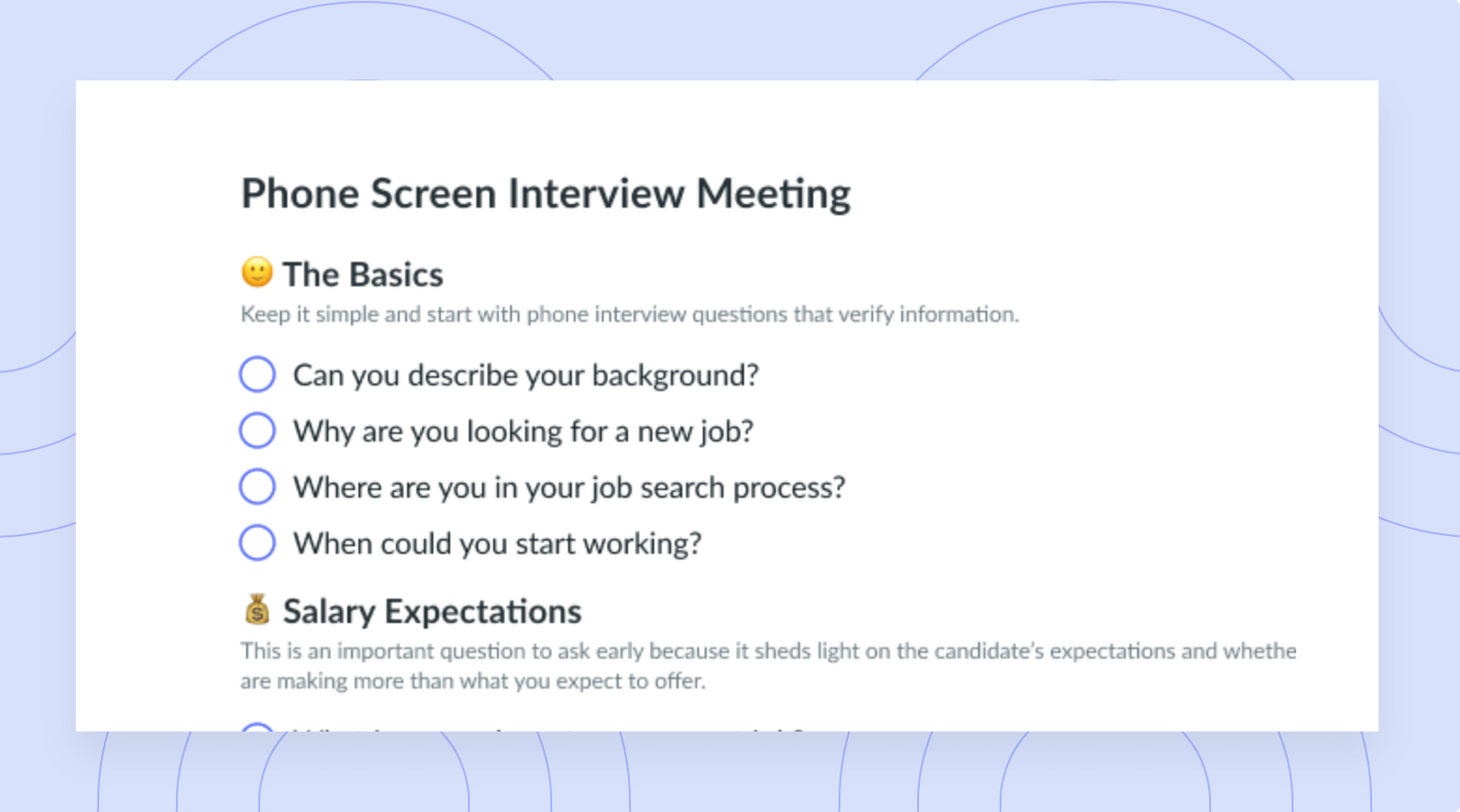
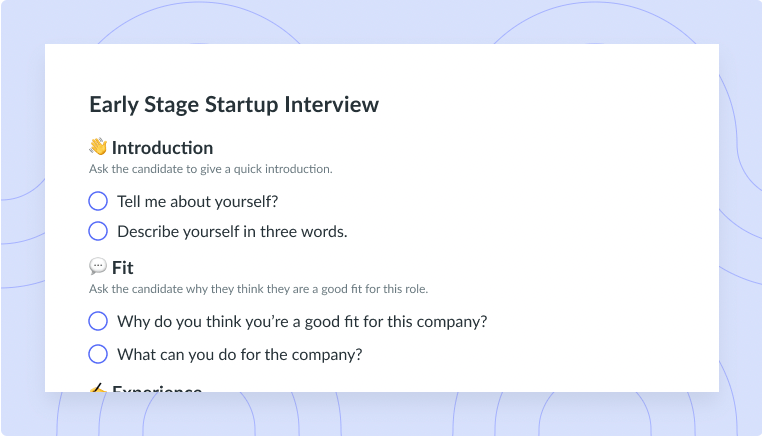

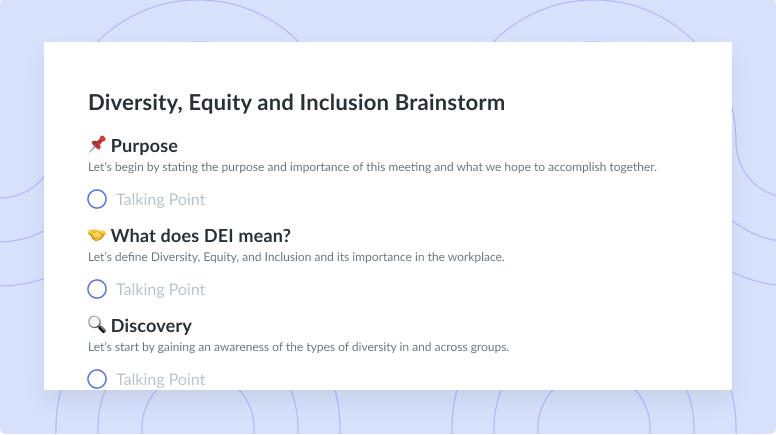
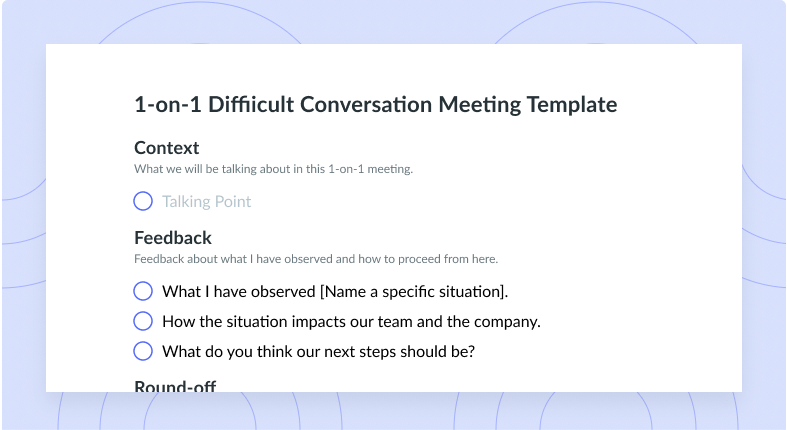
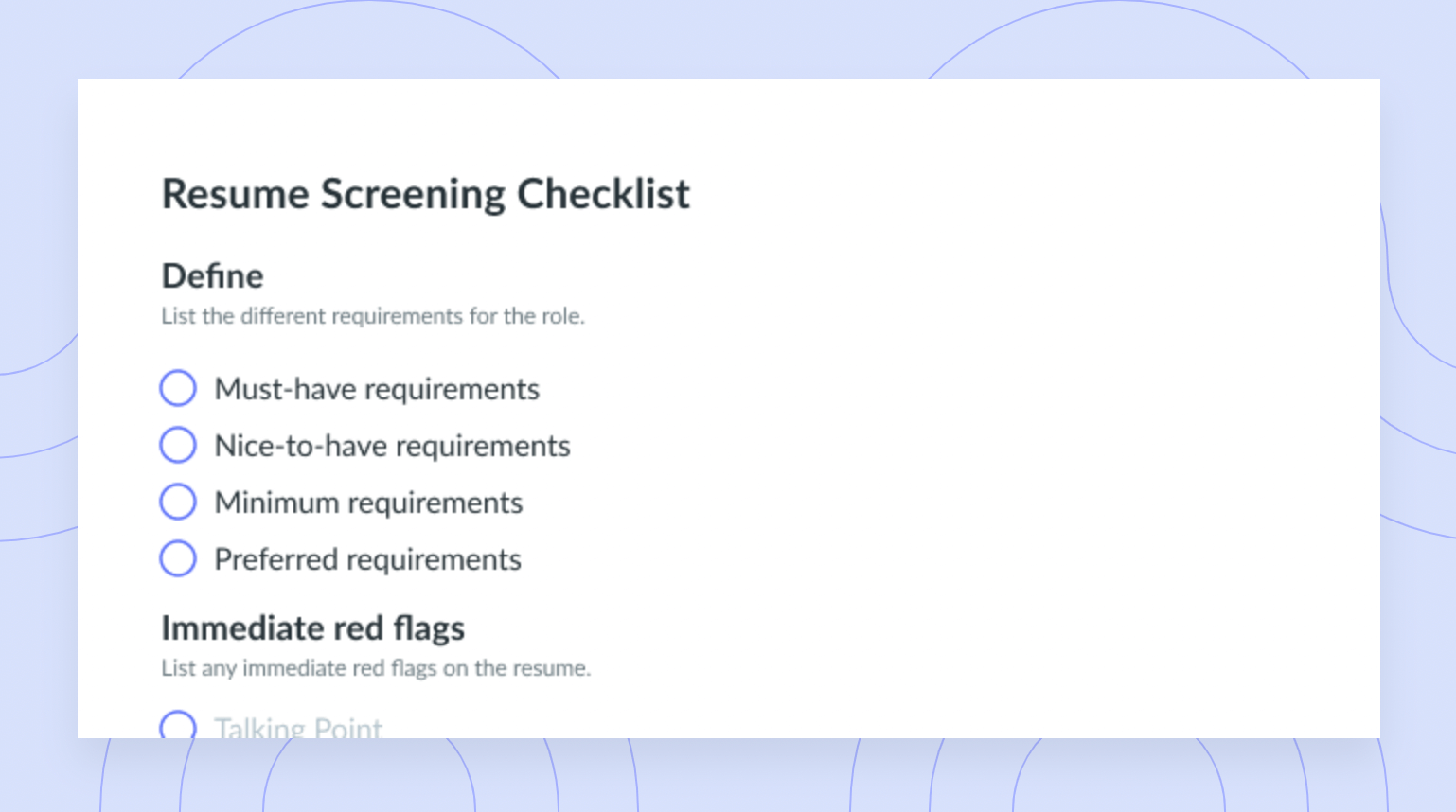
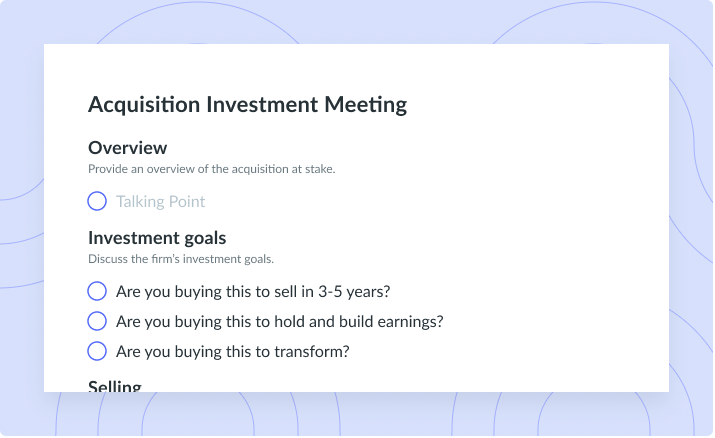
![Crisis Management Round Table [Daily Check-In] Template](https://fellow.app/wp-content/uploads/2021/09/Crisis-Management-Round-Table-Daily-Check-In-preview.png)











